The sight of migrating V's of swans or geese high in the blue sky quickens the pulse of those lucky enough to see them in spring or autumn. Imagine though, in numbers as yet incalculable, the larger migration hidden by darkness: billions of small birds coursing in broad fronts and narrow rivers across the night sky. That's the miracle of migration.
Some migratory birds, such as the Red Knot, twice traverse the entire hemisphere from Patagonia to the Arctic and back. Others, such as the Blackpoll Warbler, cross thousands of miles of open ocean weighing only 16 grams — the weight of two quarters. Birds like the tiny Ruby-throated Hummingbird cross the Gulf of Mexico. Others island hop across the Caribbean, and millions upon millions more pour north above Central America in spring (south in late summer and autumn), then fan out across North America.
Twice per year, from time immemorial, migratory birds have been making these epic journeys — but they now need our help.
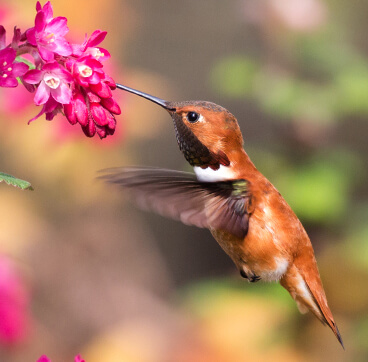
Known as the feistiest of all hummingbirds, the Rufous Hummingbird makes one of the longest migratory journeys of any bird as measured by body size. The birds travel from breeding grounds as far north as Alaska over several thousand miles to wintering grounds in Mexico.
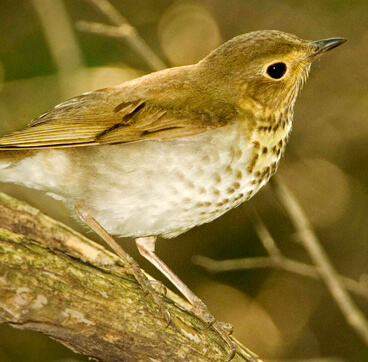
Almost 60 percent of the global population of Swainson’s Thrush breeds in the boreal forests of North America. These birds travel to Central and South America for the winter, often joining other migrants like Golden-winged Warblers and Wood Thrush.
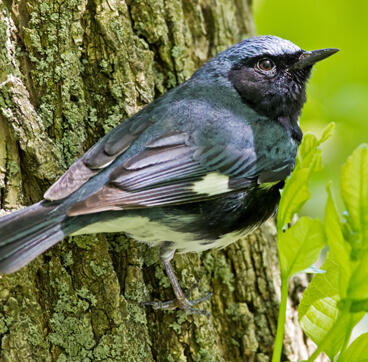
The Black-throated Blue Warbler breeds in forests as far north as southeastern Canada before returning to the Caribbean, where males and females tend to use different habitat. One study in Puerto Rico found that males were most common in forest at lower to mid-elevations, while females used shrubbier habitat at higher elevations.
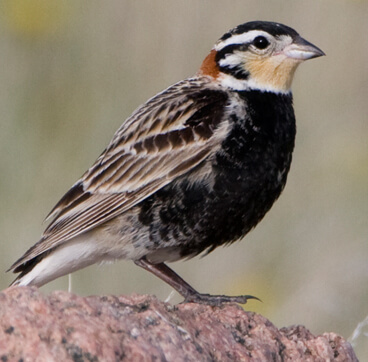
An iconic species of the northern Great Plains, the Chestnut-collared Longspur once nested at sites grazed by bison or disturbed by fire. With most native habitat gone, this declining species is now often found in pastures and airstrips. The birds fly to the Chihuahuan Grasslands of Mexico to winter.
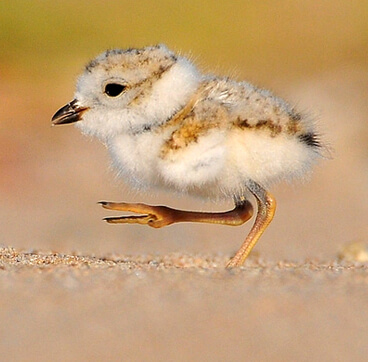
A bird of beaches and barrier islands, Piping Plovers are considered endangered or threatened across their range. They nest along the Atlantic coast and inland in the northern Great Plains and migrate to Atlantic and Gulf coasts in the southern United States.